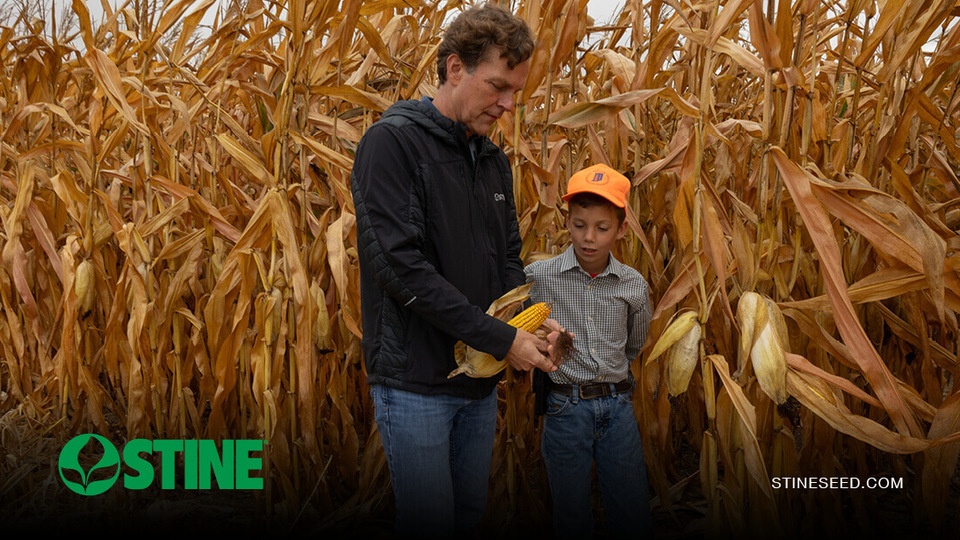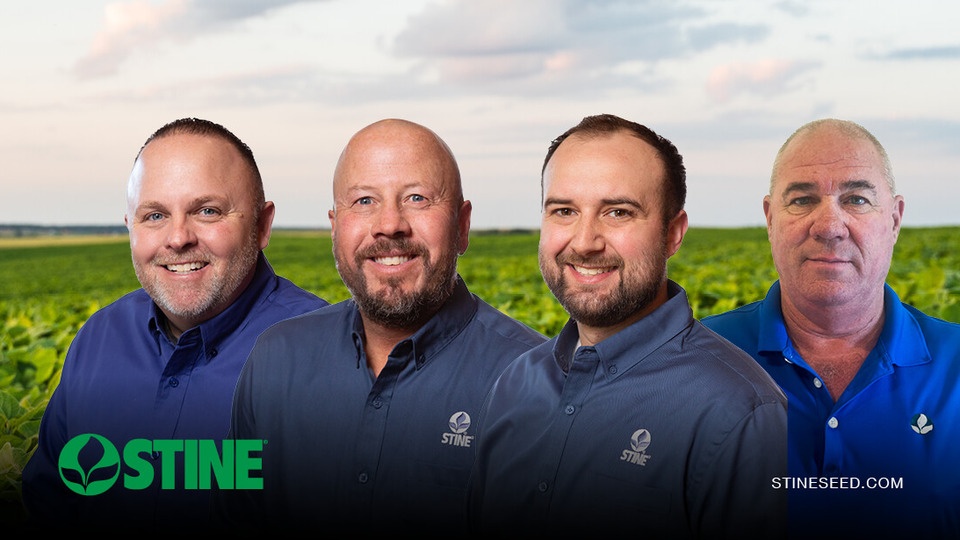
“The person who really wants to do something finds a way; the other finds an excuse.” — John Templeton
There is no one way to farm. What works and makes one grower successful might not work for another. You can easily find reasons why something will not work, but it is hard to find ways to truly improve your operation. Unfortunately, most of the ways to improve your operation will involve risk and a certain level of discomfort. But the outcome can often outweigh the challenge of making a change.
“One saying we hear often in our line of work is, ‘this is how we’ve always done it,’” says Bill Kessinger, Stine® technical agronomist. “We want growers to know we’re here to help them when it’s time to make a change for their operation. It can be challenging, yes, but trying something new might just help you get to that next level from a crop production and yield standpoint.”
December is the time of year everyone reflects on what has happened in the past and what changes can be made before the 2023 growing season. Kessinger provides some tips:
Don’t get stuck
“My advice to growers is, don’t get stuck in the past,” says Kessinger. “There are so many great opportunities to expand your perception — attend a CCA or university extension meeting to learn something new or visit with your local fertilizer or seed expert to hear how other growers in your area are finding success. Once you’ve reflected and identified a few areas where you think your operation could improve, map out a plan for how you can implement those changes. And consider asking for help; enlist the assistance of an agronomist — that’s what we’re here for.”
Try something new, including seed
“The unique part of working with a genetics company like Stine is that we’re always pushing for ways to get higher yield potential out of our genetics,” says Kessinger. “We take tried and true material that our customers already trust and have worked with in the past and we evolve it. We improve its effectiveness and ability to withstand the stressors nature brings with it each year.”
This is also true of increasing planting populations.
“More plants per acre means more yield per acre, and that’s something that Stine excels in — plants that thrive in high-density situations,” says Kessinger.
Many of our Stine corn products are developed to outperform the competition in high-population, narrow-row environments. Our new line of MX Series Corn by Stine, for example, is some of the best, highest-yielding corn on the market. From outstanding early-season growth and cutting-edge performance, these products are top-of-the-line. And they really excel when combined with a good nutrient program.
Elevate your nutrient program
“Another change growers should consider is enhancing their nutrient program,” says Kessinger. “Many of our grower customers benefit from adding sulfur to their nutrient program or an extra pass of nitrogen. While inputs may cost more upfront, we’ve seen them make huge payoffs come harvest.”
View recent grower testimonials about the value of a “super management” approach (additional and timely inputs) to crop production in our Yield+ Corn Tour series.
Call your Stine agronomist
“As a national brand, Stine continues to expand its agronomy department to help implement cropping practices to maximize genetic potential, from North Dakota to south Texas, Kansas to North Carolina and everywhere corn and soybeans are grown in between,” says Kessinger. “As an agronomist who gets to cover a large part of that area, I can assure you there is no one way to farm, but every farm does have something they can improve on. We’re here to help.”
Ready to learn how you can improve your operation? Contact your local Stine rep today.
Related Articles
-

Rooted in gratitude
November 2025 in General
-

From dream to reality: Just a Jackson Thing’s first corn harvest with Stine®
November 2025 in General
-

Stine® retail development group expands
September 2025 in General
-

Stine® Seed Company to market new soybean trait technology
August 2025 in General



